Georgia rail cars join battle tanks at ocean bottom to create artificial reefs
Two MARTA rail cars that once transported millions of Atlanta passengers around the city sank to the bottom of the sea floor near Savannah just before Christmas, joining existing artificial reefs like MC16 battle tanks and New York City subway cars.
The rail reefs join 32 artificial reefs along the Georgia coastline that began in 1970 to create fish habitat. A decade ago, New York City donated its old fleet of subway cars, and again several years later, to the effort and now, Georgia’s public transportation system is piloting its fleet as part of a new disposition strategy.
“This is sustainability excellence at its finest,” Richard Thomas, director of sustainability at Metropolitan Atlanta Rapid Transit Authority (MARTA) said. “Localizing such a massive undertaking was a historic win for the state of Georgia.”

Made of a variety of materials, the existing 32 reefs have created aquatic habitats and can act as stepping stones for aquatic migration. Plus, they attract anglers and divers, boosting Georgia’s economy.
“We are mimicking that natural live bottom,” Cameron Brinton, a marine biologist for the GaDNR (Georgia Department of Natural Resources) said. “[Artificial reefs] increase accessibility for anglers and divers and some fish population increase. Rail cars have a large amount of surface area on them, which is great for growing reef material. They are also fairly tall so that gives some vertical relief and creates some shelter for fish.”
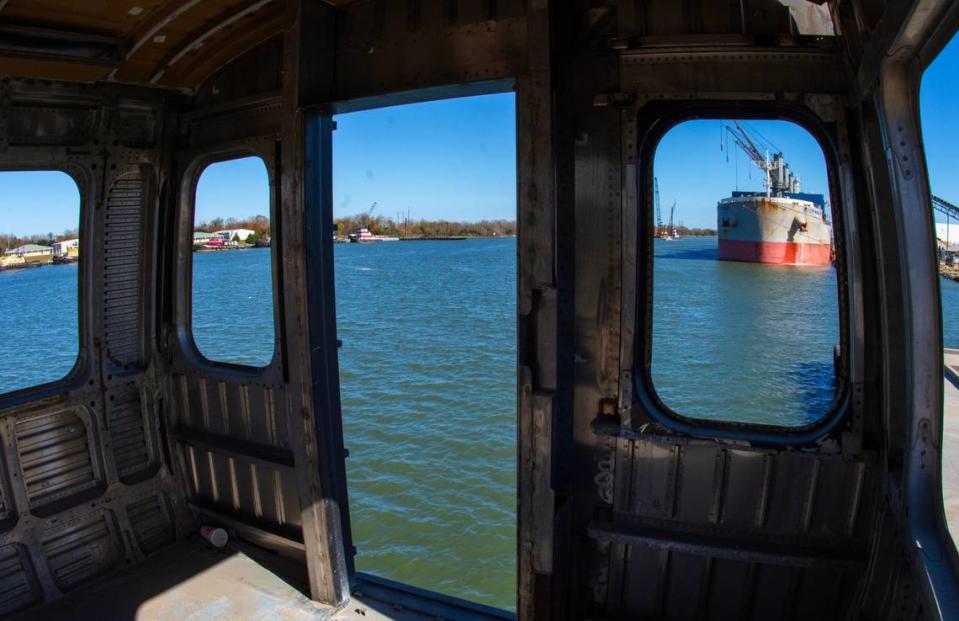
The two rail cars joined Reef “L” approximately 23 nautical miles east of Ossabaw Island and deployed in about 55 to 65 feet of water, according to MARTA. Reef L was chosen because it was most cost-effective and deep enough for rail cars.
“We haven’t visited L in a few years, and we like to cycle up and down the coast to get new materials for anglers and divers,” Brinton said.
MARTA stripped the rail cars of all of their hazardous material, strictly following the EPA Guidelines for Marine Artificial Reef Materials. They were inspected by the U.S. Coast Guard and approved for use and placement by the U.S. Army Corps of Engineers.
By the time the 55,000-pound rail cars entered the ocean, they were a skeleton of stainless steel that would soon be teeming with life.
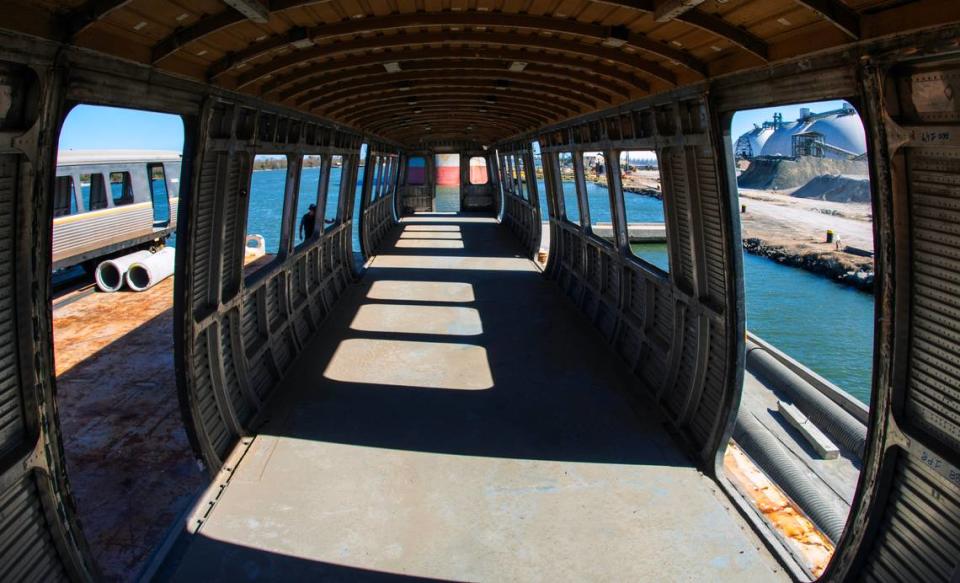
In previous fleet retirement dispositions, rail cars have been sent to museums, or recycled at a metal scrap yard.
“This project was most beneficial to the environment,” Thomas said. “Now we’re piloting to see if it is also the most economically viable.”
Dismantling and stripping the rail cars came at $136,000 per car. MARTA also spent $512,500 to dismantle and transport the two rail cars. A museum donation requires a specialized crane and transportation that could come at a cost of $120,000.
“The Rail Car Maintenance team is developing a a lessons learned disposition plan from this pilot to reef the rail cars more cost effectively,” Thomas said in an email.
As the new fleet of CQ400 trains come in next year and the transition of the current models (there are 286) needs to find a home, MARTA and GaDNR hope to continue bringing these rail cars in as reefs.
The rail cars were deployed alongside 1,000 tons of discarded concrete culvert pipe donated by the construction firm Concrete Pipe & Precast of Charleston, S.C., and 200 tons of concrete power poles donated by Georgia Power, according to the GaDNR press release.
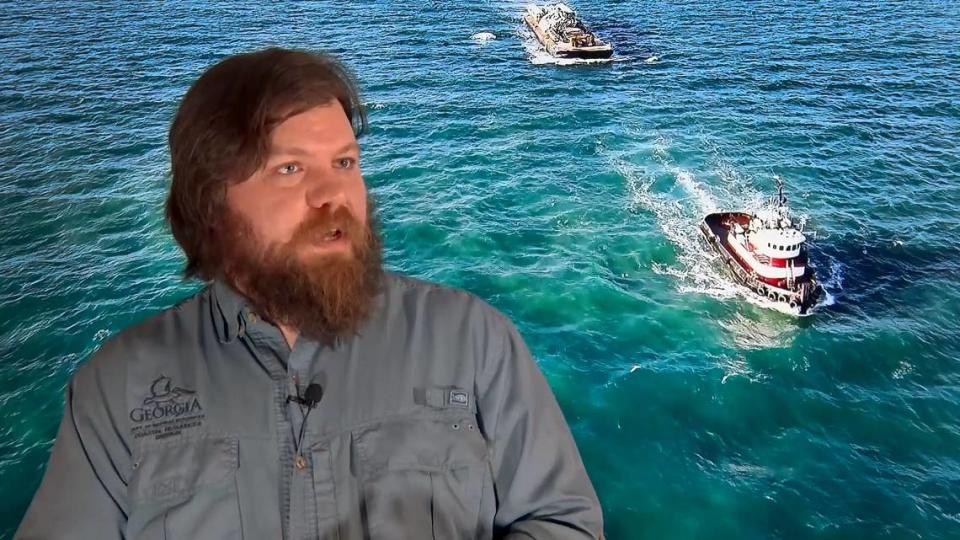
“There will be a huge wave as more and more start retiring,” Brinton said.
Thomas hopes this current two-car pilot project will become an official project.
“I believe they would take all 286 if they could!” Thomas said.
Though GaDNR couldn’t share specific economic impact from anglers and divers in time for publication, they are working on a current study to try to determine the actual economic value of the reefs.
Not immune to climate intensified hurricanes
Of the two batches of models of the New York City subway cars sent to Georgia, one is older and made of heavier metal. The introduction of more lightweight rail cars for more efficiency means they may collapse sooner. This isn’t necessarily a bad thing though.
“When they do eventually collapse, a different set of fish will come in and make use of the new ecosystem, “ Brinton said. “The steel material that lands on the bottom that hits the floor will not survive, but anything on the surface should be able to maintain and keep growing,” Brinton said.
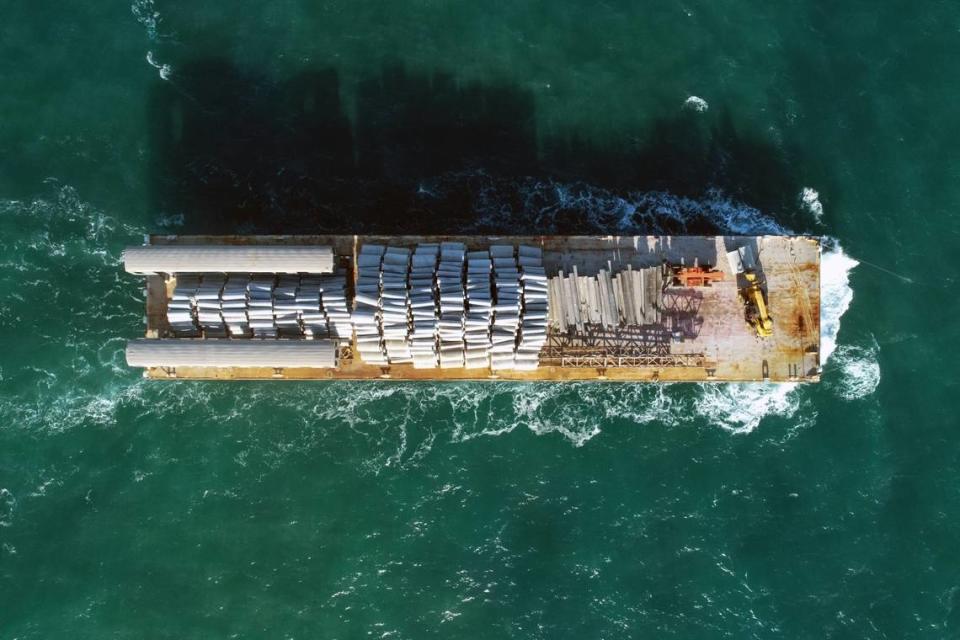
The rail cars aren’t completely immune to strong storms. In the past, heavy cargo ships acting as artificial reefs have been moved. Natural reefs can get destroyed during hurricanes and so can artificial reefs.
“Hurricane Andrew (made landfall in 1992) split the cargo ship in half and carried one-half of the ship a quarter mile away,” Brinton said
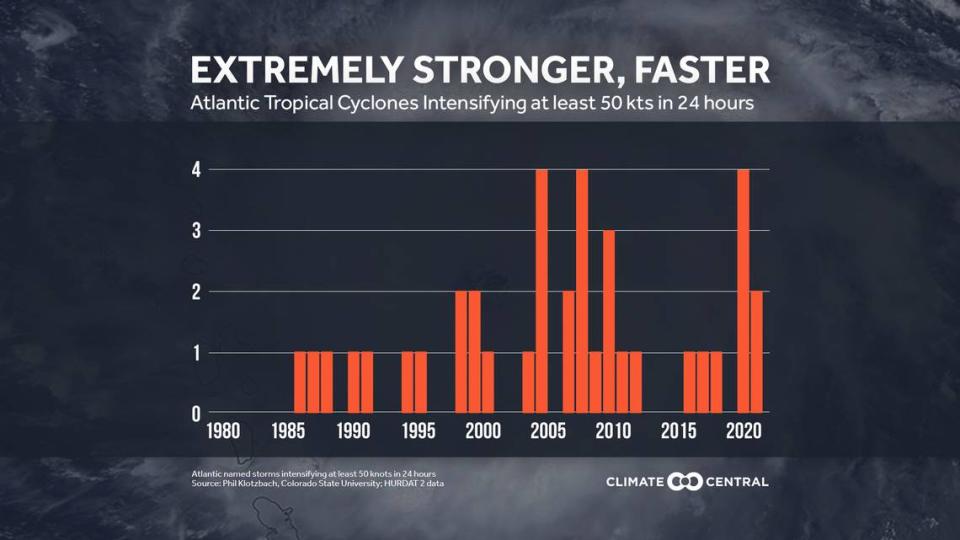
Hurricanes are getting stronger, and faster, due to ocean warming and human-caused climate change.
Warmer water is also causing fish to migrate further north, and Brinton said these reefs can provide extra connectivity, for fish to find settling points more easily during annual migrations.
“Right now it’s mostly fish migrating, but eventually there might be species of coral migrating further north,” Brinton said.

